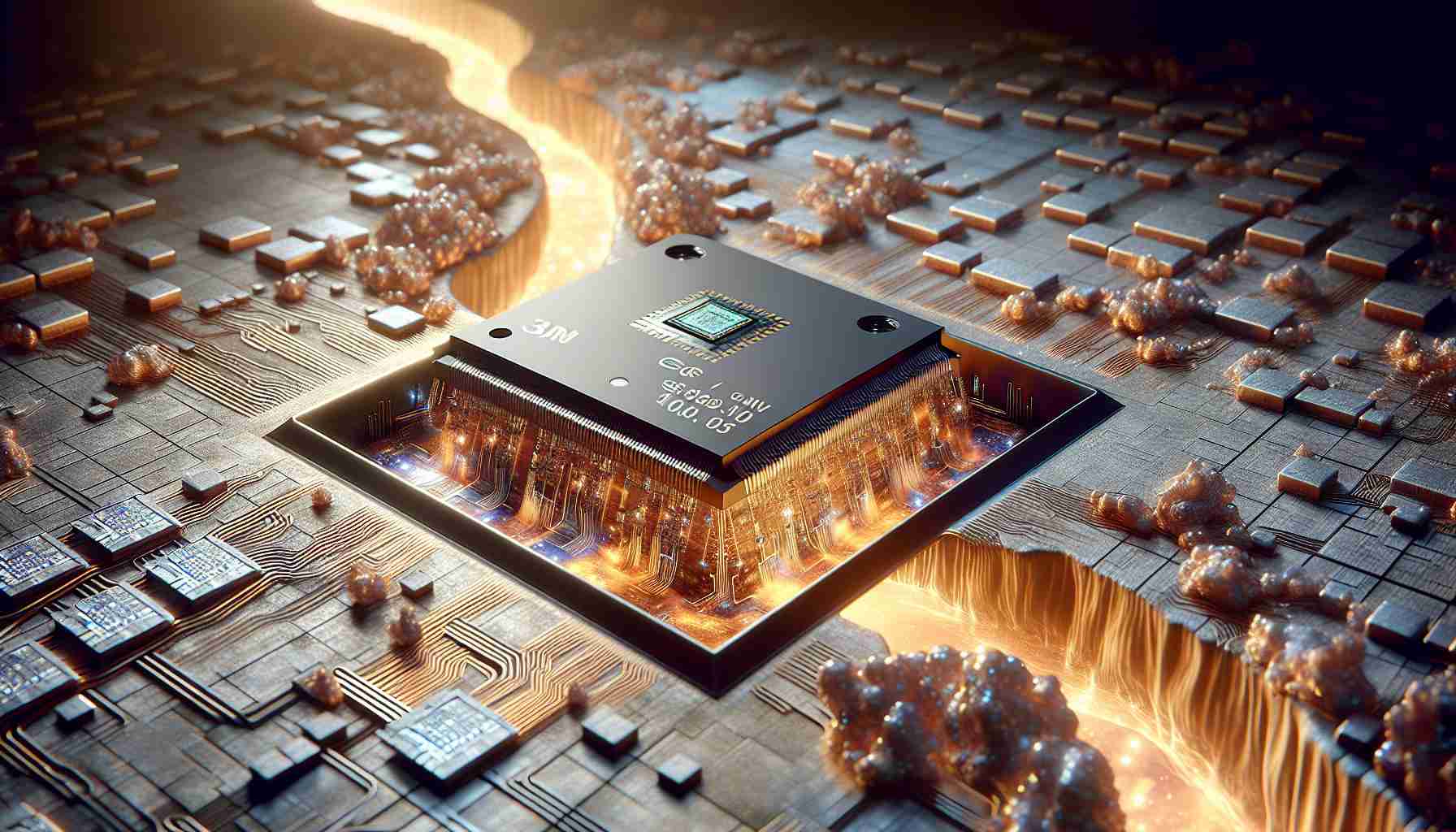As we step into the era of advanced 3nm semiconductor nodes, we are witnessing a consequential surge in production expenses. The primary source of this cost inflation is the escalated need for extreme ultraviolet (EUV) lithography tools, which has resulted in a significant increase in the cost per wafer and per chip.
Manufacturing at the cutting-edge is not a simple venture; it requires sophisticated equipment, state-of-the-art facilities, substantial power supplies, and highly skilled technical staff. All these factors collectively demand hefty financial investment. As these expenses soar, they inevitably lead to higher prices for end consumers, as manufacturers aim to maintain profitability by sharing the cost burden.
In addition to the broad industry trends, specific developments in chip design also contribute to cost implications. For instance, Qualcomm’s Snapdragon 8 Gen 4 has transitioned away from the standard Arm architecture, adopting the in-house developed Nuvia Phoenix architecture instead. Qualcomm’s Nuvia Phoenix boasts a compelling performance edge over the dated Arm framework. This strategic shift by a chipmaking giant not only highlights their commitment to superior performance but also underscores the competitive nature of the semiconductor industry, where innovation often entails considerable expense.
The Importance of 3nm Chip Technology
The move towards 3nm chip technology is significant because it represents the next milestone in chip density and efficiency. A smaller nanometer size generally means more transistors can be packed into a single chip, improving performance and energy efficiency. This is crucial for applications that demand high computational power, such as artificial intelligence, machine learning, and large data processing tasks. The 3nm chips are also expected to be a key component in future smartphones, tablets, and computers, offering them longer battery life and faster processing speeds.
Key Challenges and Controversies
One key challenge is the technological difficulty of manufacturing 3nm chips. The use of EUV lithography, for instance, presents significant technical hurdles. The equipment needed is extremely expensive and complex, leading to concerns about lithography tool shortages and production bottlenecks. This high entry barrier is also leading to a consolidation in the industry, where only the biggest semiconductor companies can afford to invest in these new production technologies.
Another controversy is the environmental impact. The production of semiconductors is energy-intensive, and the advanced facilities required for 3nm chips consume even more power. This raises questions about sustainability and the carbon footprint associated with the manufacturing process.
Advantages and Disadvantages
The advantages of 3nm chips include increased performance and energy efficiency. Devices with 3nm chips can run more complex tasks more efficiently, making them ideal for cutting-edge applications.
However, there are also disadvantages. The high cost is a significant barrier, potentially slowing down adoption and innovation. Additionally, there are limits to miniaturization, known as the quantum limit, which suggest that there are only so many more times chip technology can leap forward in this way before physical constraints make further shrinkage unfeasible.
Related Links
To further explore the semiconductor industry and its latest advancements, you could visit the following websites:
– Intel: as a major player in chip manufacturing, Intel’s site often contains information about new technologies and advancements.
– Qualcomm: get insights on Qualcomm’s latest chip developments and their strategic moves in the industry.
– TSMC: as the world’s leading semiconductor foundry, TSMC would be central to any advancements in 3nm chip technology.
In conclusion, while 3nm chip technology represents a significant leap forward in semiconductor design and performance, it comes with increased costs, technological challenges, and concerns over environmental impact. As the industry addresses these challenges, the benefits of this next-generation technology could be widespread, influencing consumer electronics, data centers, and even the automotive industry.
